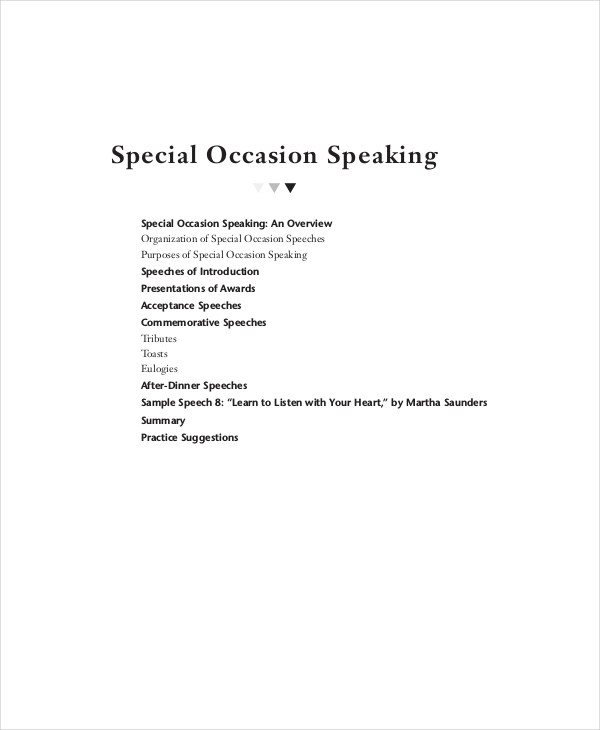Occasional Exercise

Newswise — Regular exercise is an important aspect of a healthy lifestyle and for the prevention of coronary heart disease, Type II diabetes and obesity. Classic recommendations for endurance exercise have been 20 to 60 minutes of continuous exercise at a vigorous intensity. New research from the University of Missouri-Columbia suggests intermittent exercise is more effective at lowering artery-blocking fat in the bloodstream than continuous exercise when exercising just 30 minutes.

What is Intermittent Fasting? Intermittent fasting has been around for centuries, since ancient hunter-gatherer times, but it’s risen to popularity in the past five years or so. Headache from exercise and sex. Sudden, strenuous exercise can bring on a headache. Gradual warm-ups or treatment with an anti-inflammatory medication before exercise can help. Sexual intercourse may also trigger headaches; some men note only dull pain, but others suffer from severe attacks called orgasmic headaches. Intermittent fasting (IF) and high intensity interval training (HIIT) are effective lifestyle interventions for improving body composition and overall health. However, the long-term effects of IF and potential.
MU researchers conducted the study to examine the effects of continuous versus intermittent exercise on triglyceride, a type of fat, levels in the bloodstream after subjects ate high-fat meals. The results show that people who engage in 30 minutes of exercise can achieve lower triglyceride levels after a high fat meal if they engage in short, separated bouts of exercise rather than one continuous bout. The research team included professor of nutritional sciences Tom Thomas, post-doctorate fellow Thomas Altena, assistant professor of nutritional sciences Stephen Ball, and graduate student Jody Michaelson, all in the College of Human Environmental Sciences. Altena, who is now an assistant professor at Southwest Missouri State University, supervised the study.
Occasional Exercise Chair

'Most Americans who exercise are exercising around 30 minutes a day,' Thomas said. 'Based on the results of the research, the intermittent approach would probably be best for most Americans at lowering fat in the bloodstream.'
Occasional Exercise Bike
The researchers examined triglyceride levels following meals in inactive subjects. All subjects performed three different protocols on different days. On the control day, subjects ate a high-fat meal only. On a second visit, the subjects ate a high-fat meal following a session of continuous exercise. On another visit, the subjects ate a high-fat meal following a session of intermittent exercise in which the subjects exercised in 10-minute bouts separated by 20-minute rest periods.
Results indicated that peak triglyceride levels in the subjects who engaged in intermittent exercise before eating a high-fat meal were reduced by 27 percent. Those who engaged in continuous exercise reduced their triglyceride levels by 15 percent.
Thomas noted that exercising before eating was crucial for fat clearing, saying that the researchers believe muscle contraction during the exercise process stimulates a fat-clearing enzyme in the muscle. According to previous research, the enzyme activity seems to peak about 12 hours after the session of exercise. In addition to showing what type of exercise is best, this information also could help someone determine what time is best for exercise. Since it's best to exercise 12 hours before eating a large or high-fat meal, those who eat large breakfasts could benefit more from exercise in the evening, while those who eat large dinners could benefit more from exercise in the morning. However, Thomas said, the exercise effect on fat clearing does not last more than 24 hours, which suggests the need for daily physical activity to continuously stimulate the fat clearing system.

Occasional Exercise Meaning
The research is published in the August issue of Medicine & Science in Sports & Exercise.